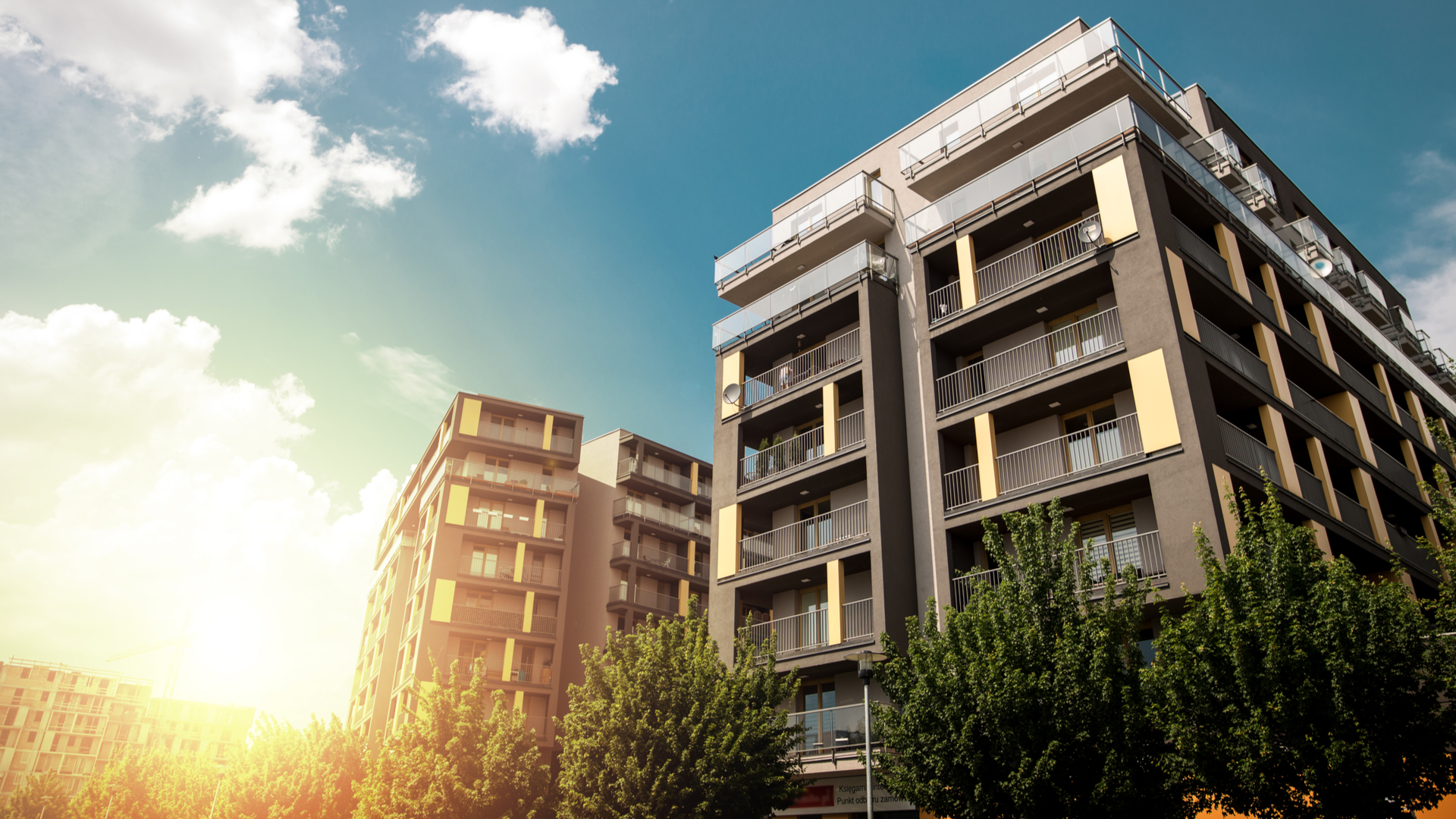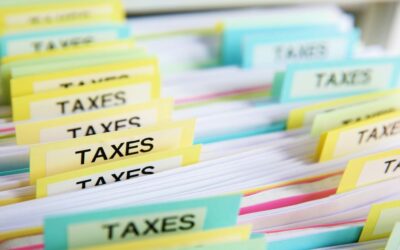In this article:

A home loan is the perfect way to afford home ownership. But what if you want a home in an area of Australia where lenders are being more selective about offering loans?
The post code restrictions on home loan lending can make it difficult for people to find homes they can afford with their current income.
Often referred to as ‘property blacklists’, these suburbs vary from lender to lender. Commonly found in regional areas or in cities, their blacklist status is often a result of an over-supply of unit developments, but there is hope! Here’s why postcodes matter when you’re looking for home loans and how these restrictions might affect your future home-buying plans.
Why do lenders scrutinise postcodes?
Simply this is just another technique for lenders to minimise their risk by imposing postcode restrictions on home loans. Postcode restrictions makes up just one factor of a complex set of criteria when assessing a loan application. Their concern is trying to limit any risk that you might not be able to pay off your loan.
Their are factors personal to the lender that are also considered, like the size of the lender, the products they offer and their analysis of the economic market.
Ultimately, the lender restricts loans in certain postcodes to protect borrowers from undertaking loan obligations that they won’t be able to afford.
Can a postcode restriction kill my chances of a home loan?
Whilst home loans in ‘blacklisted’ postcodes may be harder to come by than before, there are still ways for you to achieve home ownership. In most cases, lenders will reduce the maximum available Loan to Value Ratio (LVR). The LVR is a home loan calculation that determines how much of your home the lender will own.
For instance, if you have a Loan to Value Ratio of 80%, then the home loan lender will own 80% of your home and you will own 20%. It is the percentage of the purchase price a lender with allow you to borrow, determined on the minimum deposit the lender requires.
In a standard suburb, a lender might accept a home loan application with a 5% deposit. In a blacklisted postcode, a property of the same value might be require a minimum deposit of 20% of the purchase price. If you’re unable to come up with a larger deposit, your home loan application might be declined.
These ‘blacklisted’ suburbs are cyclical, as lenders frequently review their lists to reflect the current property market conditions.
What determines whether or not a postcode is blacklisted?
Major lenders often have a list of suburbs with restrictions due to the increased risk associated with a mortgaged property in the area. Smaller lenders will commonly decide on a case by case basis. Some common reasons why a suburb might be blacklisted are:
1. Oversupply of apartments
City exurbs that have high-density or high-rise residential structures are becoming increasingly undesirable to lenders.
Where there is an abundance of apartments, lenders are cautious about a lack of buyer demand. An oversupply signifies an empty home rate higher than the average for similar postcodes, increased renter turnovers, increased flight risk and high susceptibility to side shocks – like local economic downturns. If a borrower defaults on their mortgage, the lender wants to know that they can get their money back when they sell, which is problematic if there is a lack of buyer demand.
They will also want to limit their exposure if they have a significant amount of money invested in one area. This is what will lead to strict lending terms for borrowers looking to purchase in specific suburbs, or even a cap on the number of properties the lender is willing to lend against in a single development. Some lenders go further by prohibiting home-buying incentives from developers.
2. It’s a regional area
The remoteness of an area, particularly with a lack of well-serviced roads or rail networks can lead to a lender restricting the maximum amount they will lend to borrowers.
Regional areas often have a small population, a lack of housing demand or economic factors like a high unemployment rate, causing further concern for lenders.
3. There’s only one industry in the area
Some areas have a predominant industry employing a number of people who live in the area. This means property prices, rental returns and buyer demand can be overly reliant on the fortunes of one industry. A great example is a mining town. They have a history of increased property prices during peak times that quickly plummet during an economic downturn or when the industry begins to decline.
4. Natural disasters
Lenders may not been keen to assume the risk of lending to borrowers in areas susceptible to a bushfire, flood or landslide that could damage your property.
Depending on the postcode’s natural disaster risk rating, the lender may refuse outright or require larger deposits before lending, which can make home ownership out of reach for many people who would otherwise qualify for home loans under normal circumstances.
What if you want to buy in an affected area?
A postcode may not be blacklisted forever, but it can take years for the rating to improve, particularly after natural disasters. Talk to our home loan experts and we’ll be able to tell you which lenders have postcode restrictions in your suburbs of choice.
If you’re certain on a specific area for your own lifestyle reasons, then you may be able to work around restrictions. Our experts will help you wade through the options for the ideal loan for your circumstances. Our concern is keeping you informed to make the right decision about buying in certain postcodes.



